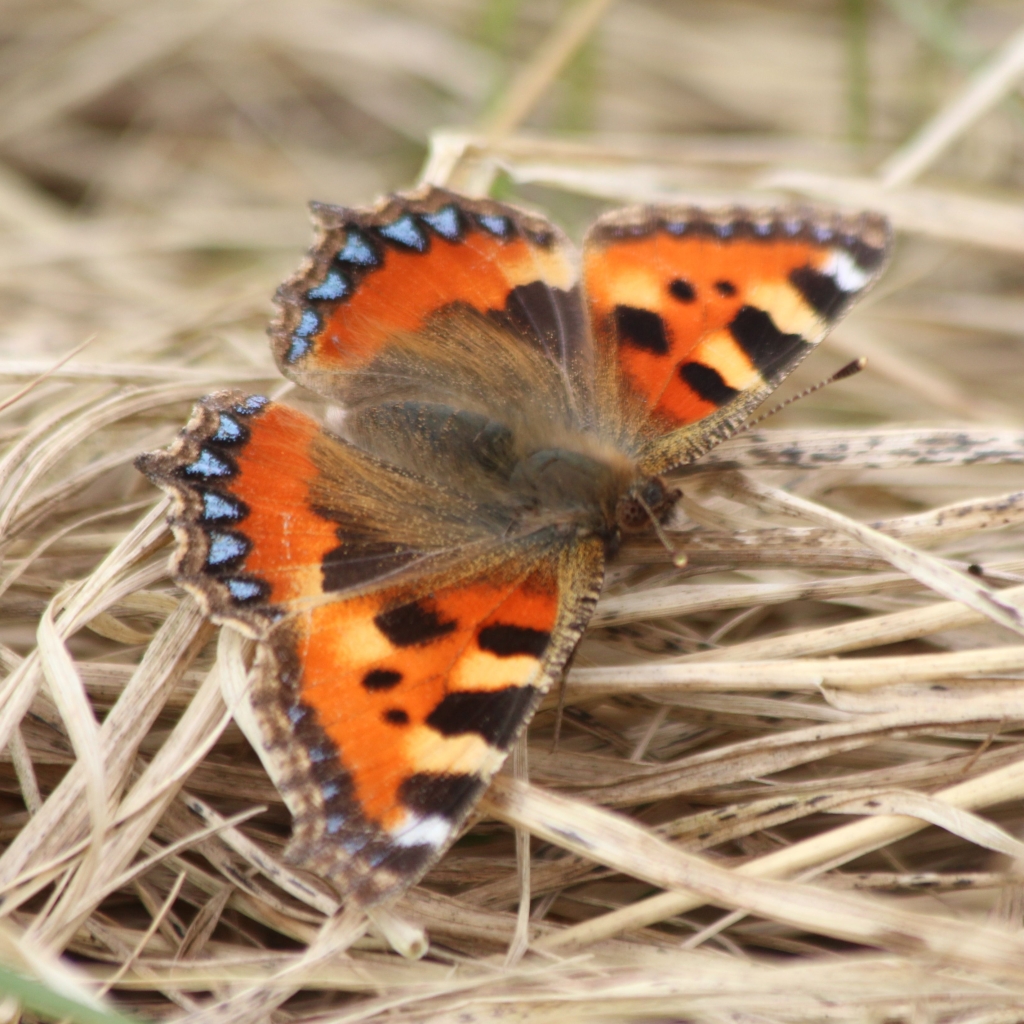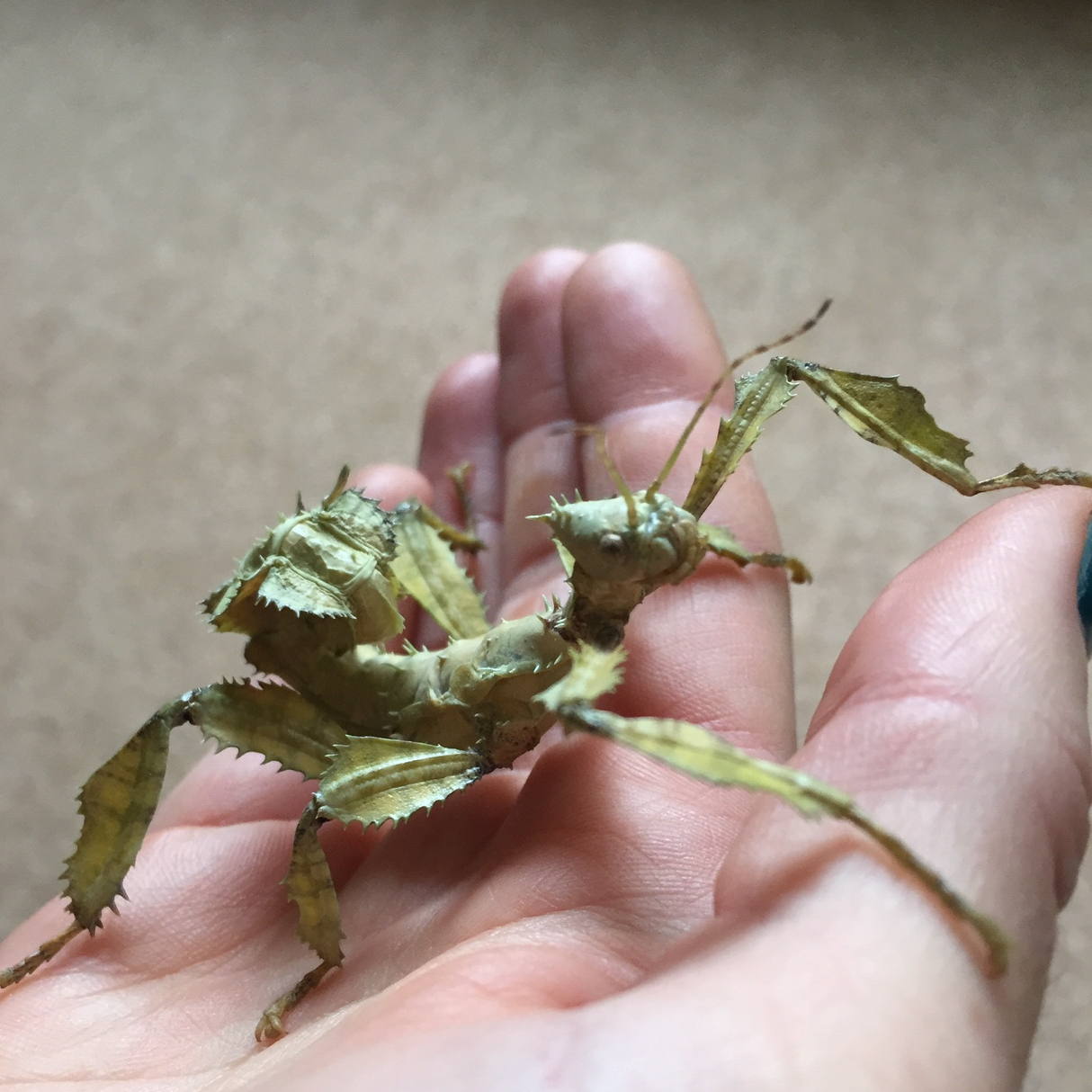Kate Howlett, NERC-funded PhD student says,
Thank you to everyone who got involved in our little experiment last week to find out who we think of as the Easter bunny.
Whilst questions like this which ask about our perception of animal species are often just a bit of fun, they are also important in building up a larger picture about our relationship with the natural world.
Understanding how people view different types of animals, perhaps due to their portrayals in literature and art, influences how we respond to conservation messages and, ultimately, which species get prioritised for research and conservation efforts over others.
Foxes are a great example of this. The native red fox is an iconic species in Britain, and, over the centuries, it has been depicted across art, literature and wider culture in a whole host of different forms. Common to all of these depictions is a theme of sly intelligence. Today, the suggestion of a fox generally conjures up adjectives such as ‘sly’, ‘cunning’ and ‘deceptive’, so this intelligence which has come to be attached to foxes is far from neutral.

The association stems right back to the time of the Ancient Greeks when Aristotle included a fox in his fables, usually a cunning villain responsible for some sort of treacherous deceit.
This portrayal continued through the Middle Ages in the form of Reynard the Fox (a sort of admired villain who snuck around stealing people’s livestock and poultry across Europe), and it has lasted right up to the modern day.
I draw your attention to Foxy Loxy in the Chicken Licken story, who eats up all the other characters in the tale; and, of course, to Roald Dahl’s much loved, but still very much out-to-steal-your-chickens, character of Fantastic Mr Fox. Whilst Fantastic Mr Fox was motivated by a desire to feed his family and wasn’t depicted as the villain of the story, he still ends up stealing from the three dim-witted farmers, Bunce, Boggis and Bean.
Whilst these portrayals are dominant across wider culture, they have never influenced objective natural history, have they?
As it turns out, they absolutely have.
The association of foxes with trickery and wickedness is so ingrained in European culture that natural history museums, usually thought of as objective portrayals of the natural world, can often be found displaying a red fox in a far-from neutral, compromising position.

University Museum of Zoology collection. Copyright University of Cambridge
Take our red fox in the Lower Gallery: she has a dead chicken in her mouth, which leads you to think of her with an evil glint in her eye too!
Although it’s certainly true that foxes do eat chickens and other livestock, they are only guilty of doing what every animal has evolved to do: get enough food from their environment to feed themselves and their offspring. It just so happens that foxes, being omnivorous, intelligent animals, are successful at doing this alongside humans in a whole range of environments: in the countryside, and in towns and cities, where they are adept at raiding bins.
Yet, popping ‘fox’ into the GIF search-box returns plenty of images of foxes looking regal, beautiful, playful and just plain adorable, but not of stealing chickens.
The extended effect of human’s complex and ambiguous relationship with the red fox in Britain is the emotive, decades-long debate on fox hunting. Methods to control fox predation on poultry and livestock are many, as we try to appease the plethora of different attitudes towards this animal. The result is a perfect example of how people’s emotions surrounding an animal have overpowered any evidence-based discussion, leading to a messy web of policies, laws and headlines.
Other examples along these lines include the long timeline of policies on controlling the spread of bovine TB from badgers to cattle, and the heated debate surrounding driven grouse moors and birds of prey, such as the red kite and white-tailed eagle.
What about the insects?
Closer to my research, but following along a similar theme, is people’s perception of insects. First of all, although insects are less charismatic than foxes and eagles, this matters. Insects are in global decline, threatening functioning ecosystems, and by extension the services we depend on, such as food production, the world over. So, the way in which we engage people with the conservation of insects and invertebrates is vital. We have to understand how best to get through to the public on this issue. And, humans being complex creatures, much like the fox, one message won’t work for everyone.

Some people are true insect fans (insectophiles, let’s say), so for these people, a simple message of ‘Insects are in trouble. Act to save them now!’ will be sufficient. But – and I apologise here to the rest of my research group for this – this group of people does not represent the majority.

I refer you to a recent family quiz, in which I asked a question looking for a ‘land-dwelling animal’ as the answer. On revealing the answer to be ‘butterflies’, immediate retorts included “But you said ‘animal’!” “Insects are animals,” I assured everyone. “But… Take a fish. You wouldn’t say that’s an animal, would you?” The conversation was swiftly moved on by a diplomatically talented person who could foresee the ugly future here, but you get the gist.
And this isn’t an isolated incident. I’ve also been asked if we can say insects are animals by a friend who has a degree in natural sciences. So, this is by no means an anomalous discussion – it’s one I’ve had many times, at great frustration.

In the research I’ve been conducting with primary school children, in which I asked them to give various animals a five-star rating, insects and other invertebrates were generally rated lower than mammals and birds, with only the obvious candidates – butterflies and bees – returning a favourable four- or five-star assessment.

Kate Howlett
Comparing the ratings for wasps versus bees is also revealing, showing young children’s hatred of wasps and love of bees, despite both having stripes, a buzz and a sting.

Conservation organisations have made a long, concerted effort to use bees in their messaging over the past few decades, depicting them as fluffy, round and cute, and the responses I’ve received show that this has worked. I’ve seen the effect of this in drawings which I’ve been analysing, done for me by primary school children aged between 7 and 11.
Wasps were invariably drawn as pointy, angular and with a prominent sting, often even with a mean, sad or grumpy face. Bees, on the other hand, were drawn near flowers as big, round, friendly blobs, often with a less prominent or non-existent sting, and frequently with a smiley face.

But this bee-effect is only skin-deep: whilst people might now happily buy bee-decorated tea towels and bedsheets, they still scream and frantically swat them away in a panic when picnicking outside in the summer. And children pick up on and learn this behaviour.
I’m focusing on primary school children in my research because I want to understand how we can get children interested in insect ecology from a young age. Can we prevent the typical ‘ugh’ reaction of so many adults if we get them on board when they are naturally fascinated and before they’ve learned from adults that ‘insects are gross’?

So, given that a lot of people struggle to see insects as animals, and that the insects most people are happy to see and think of positively seem to be limited to bees and butterflies, what is the best way forward here for conservation messaging on insect declines?
Whilst it might be tempting to tackle this problem from a zoological, natural-history perspective and seek to correct people’s factually incorrect impressions of these creatures, do we have the time?
Sure, we should be trying to increase the profile of a wider range of insect species and show-off insect diversity: they can be truly beautiful creatures with some of the most vivid, iridescent colours and patterns in the animal kingdom, and with some of the most weird and wonderful stories to tell.

Credit S Steele
But getting people to respond to these stories emotionally, and in the same way millions of people did to the stories told on the recent Dynasties series, is a tall order. Partly because we’ve got a long way to go, and partly because it’s simply trickier to get the same level of emotional connection. People who keep pet insects are, of course, attached to them, but I’ve never heard the death of a pet stick insect be compared to the loss of a sibling, in the same way the loss of a pet dog or cat has been.
If we do want to get through to everyone, then making people feel bad, stupid or wrong for feeling funny about insects and spiders can’t be the right way to go. I am definitely guilty of killing the odd spider, a recent episode occurring on a Zoom meeting with a fellow member of the Insect Ecology Research Group, who works on spiders, no less… (Couple this with the essence of this blogpost, and my membership of this research group could potentially be in jeopardy – watch this space, I guess…) And I kill spiders despite understanding their ecological importance and knowing how stunning and under-appreciated they can be! So what hope do we have for everyone else?

(c) University of Cambridge + Lloyd Mann
I don’t know what the answer is. But I do know that, if humans’ relationship with foxes is anything to go by, our relationship with insects is likely to be complex, multifarious and messy. At the moment, I’m trying to get a better picture of primary school children’s awareness of the natural world, and this includes invertebrates such as insects. Of course, this represents only one group of humans, and this group isn’t homogeneous, but we’ve got to start somewhere.
We need to understand how best to communicate the news of global insect declines to all stakeholders: to policy makers, adults who hate insects, adults who love insects, children learning about the natural world at school, and agricultural workers, who simply want to know which are pests and which are helpful. And, if foxes are anything to go by, one-message-fits-all is unlikely to hit gold.
It will be interesting to see how the lockdown restrictions in response to the COVID-19 pandemic will affect people’s relationship with insects and nature more generally. Now that so much anthropogenic white noise has been removed, are people paying more attention to birdsong? Are people more grateful for it? Are we all noticing the buzzing of bees, the funny ‘noses’ of bee flies, and the erratic flight of midges more? Does this all mean people will start to see insects as more than those annoying things that sometimes break into their house and need swatting? Only time will tell.
As for me, I’m off to atone for my spider murders by ordering a pet tarantula.
Learn more about research from the Insect Ecology Group here.
For more information on insect and other invertebrate conservation projects see:





7 thoughts on “Insects are animals too: why perceptions matter”